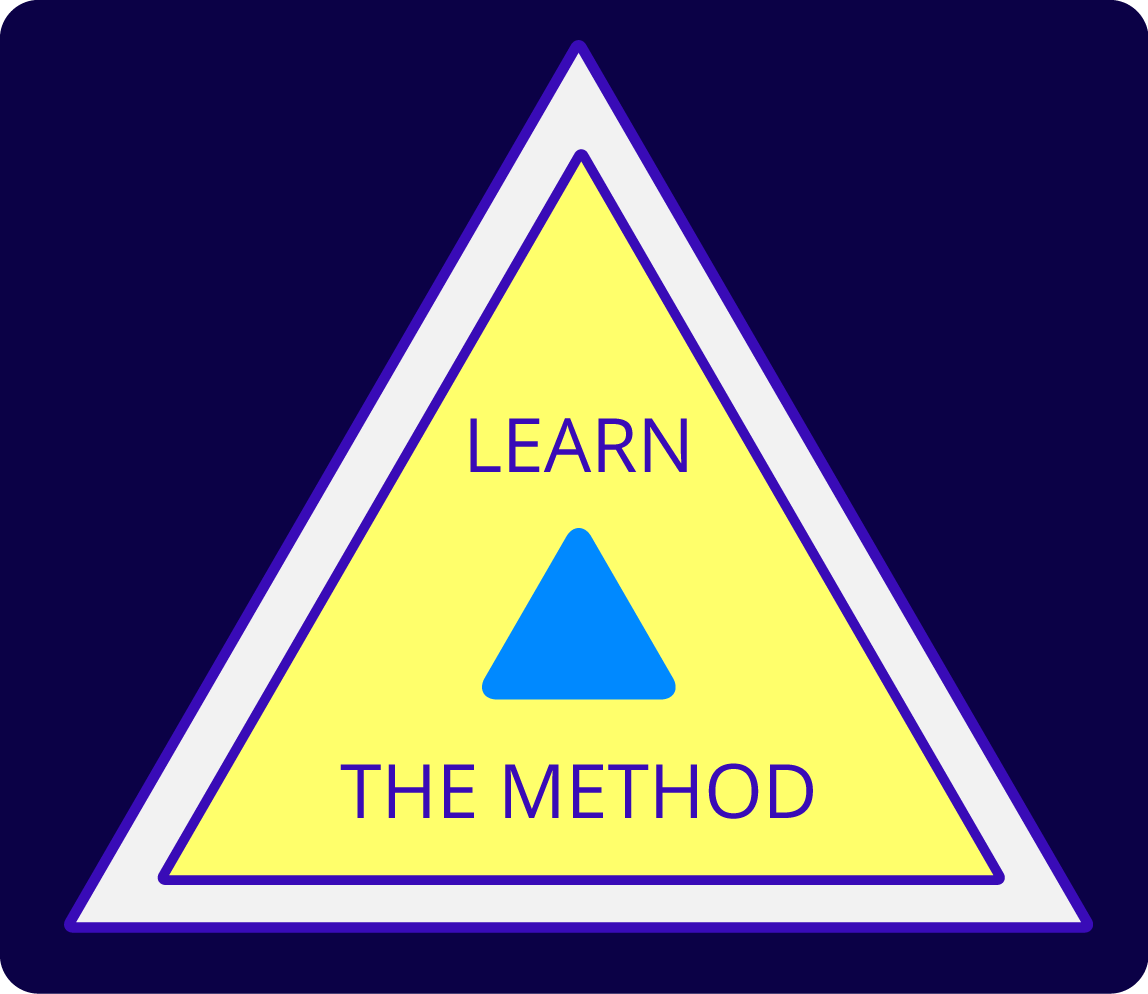About Us
We innovate in the social sector. We partner with leaders and teams to think strategically and build initiatives that will advance communities. We do not simply plan or solve. Instead, we observe, reflect, reason…and imagine…and create. Through thoughtful questions, colorful imagery, and inventive narratives, we inspire visions that are fresh, practical, and sustainable.
We Are Active in These Fields
Our fieldwork stretches across the world, so we apply intriguing practices from diverse fields, enterprises, and cultures. We also customize our approach to match the needs of each client. In partnership with us, social impact enterprises master the skills to thrive in changing environments and deepen mission impact. These are examples of the domains in which we are active.

K-12 AND ADULT EDUCATION

HEALTH AND NUTRITION

CITY AND TOWN DESIGN

FAITH AND MINISTRY

STRATEGIC PHILANTHROPY
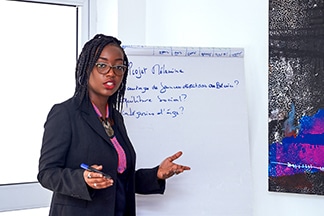
CORPORATE SOCIAL RESPONSIBILITY

VISUAL AND MUSICAL ARTS

FAMILY STRENGTHENING
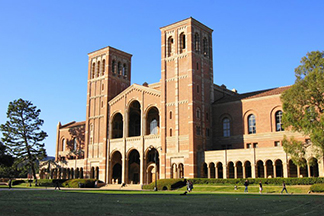
PROFESSIONAL AND ALUMNI ASSOCIATIONS

GLOBAL EXCHANGES AND DIPLOMACY
Our Story
How Did We Get Here?
The Numbers
Since our founding in 2003, we have served organizations that enhance the quality of life in communities and that give people the skills and voices to achieve their dreams. For a glimpse into our influence, here are some estimates for the range of our involvement:
Mission Impact Initiatives
Executives and Board Directors Advised
Countries Served and Studied on Projects
Lives Touched
Our Story
How Did We Get Here?
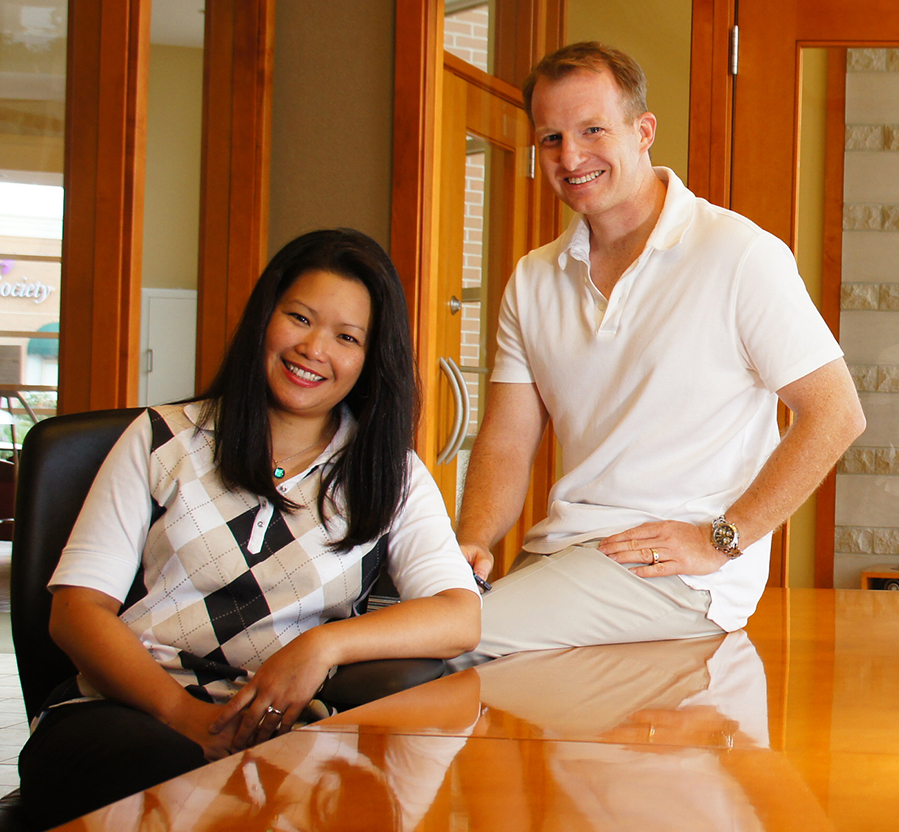



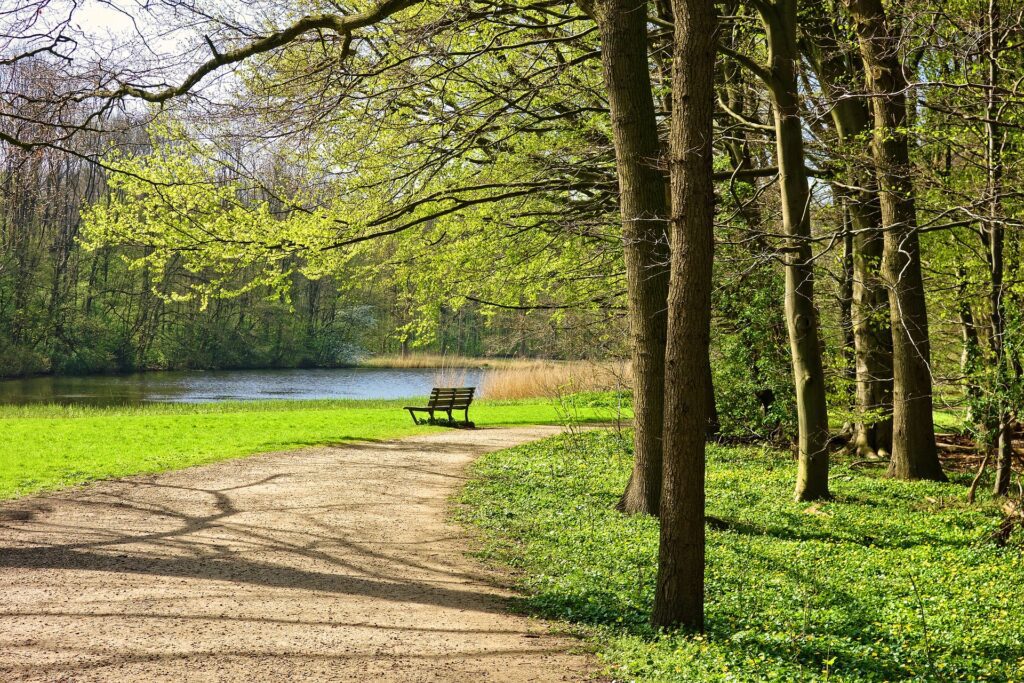
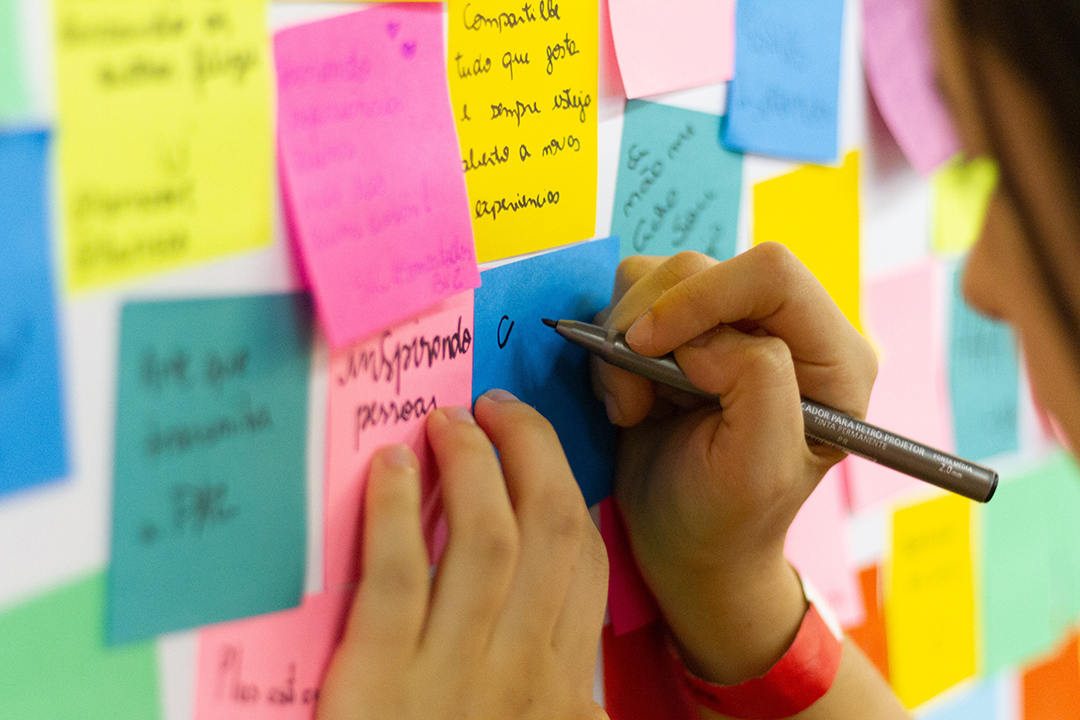
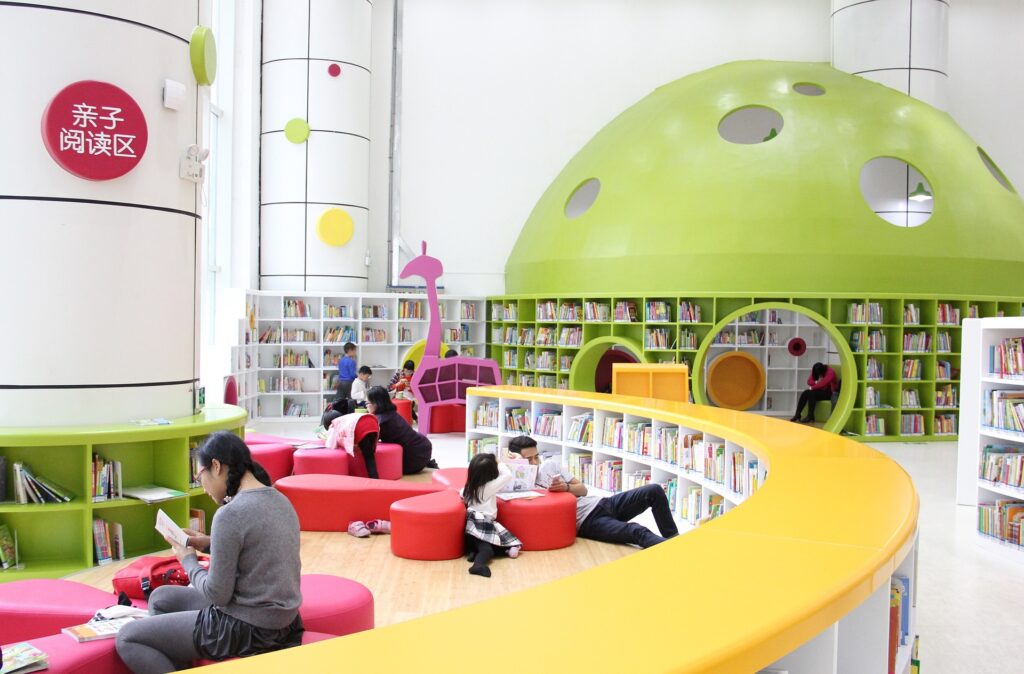
“Oh…what are we going to do?” Jeff fretted. His board had debated back and forth about where to expand operations across the city. The group pored over demographic statistics and dollar figures. Tension was rising. Was there any path to a solution?
Sensing the mood in the room, Bryan realized that lists of needs, discussions of pros and cons, and accounting statements were leading the board not towards an epiphany, but away from clarity. He thought for a moment, then took a pencil and sketched on a map. Bryan plotted seven dots, each matching a single address. He added two key financial numbers to each dot. Next, he drew a radius and a circle around each dot. He filled in each circle with a color to represent the level of community need. Bryan spread the map across the table.
It was then that the board saw the answer. “Aha! This clears up everything,” Jeff beamed. “We can just choose the best spots on this map.” He leaned closer. “Here…each of these neighborhoods has a central building, matches our budget, and has the population size we can serve.” His treasurer, Maria, quickly added, “Yes – this one, this one, and this one…if we expand to these three sites, we’ll reach another…20,000 families. They are all within a 15-minute drive of each other. That’s great for our operations. They’re close to bus routes, too. That’s it! We have our expansion strategy!”
The team could have gone on fretting for hours about what to do, but a single picture with the right figures swept aside the complexity and unveiled an answer.
This was a revelation not just to the board, but to Bryan, too. He had become used to spreadsheets, logic models, and the like, thanks to homework marathons in graduate school. But in that moment, he saw that a picture was a powerful tool to bring a decision into focus. In the years that followed, Bryan devoted more and more time to illustrations, charts, and maps. He also saw how a dramatic story could capture the imagination of a team. A written scenario, with its characters, settings, obstacles, and resolutions, could turn an idea into an intriguing and feasible solution.
*** ***
These insights were the seeds from which Envisioneurs has sprouted and bloomed. Today, our team loves to draw diagrams, maps, matrixes, you name it, to link ideas together, sketch concepts, plot neighborhoods and community centers, envision new resource flows, or plan an enterprise’s evolution. We also encourage our client teams to write stories about how a concept will take shape, how people will experience it, and how the organization will run it.
In our twenty years of consulting to the social sector, we have admired other teams’ prowess with analysis or facilitation, but we are also glad that there is room in this field for people who get energized and gain clarity through pictures and stories. The Envisioneur Method isn’t as traditional as strategic planning or related activities, but it isn’t as complex or dull, either. It is often faster and more fun. Teams can “see” their futures. They can sketch ideas and test them quickly and easily in the field.
As we have transitioned from our original name of Aspen Impact, we have evolved from running large planning projects to guiding smaller and more flexible initiatives. As Envisioneurs, we get to walk – and sprint! – alongside our clients from one idea to another, deepening mission impact and building friendships as we go.
We are building a professional community, too. Our clients are using our techniques in their daily work. Furthermore, they are taking courses in the Envisioneur Method to grow their professional abilities. Meanwhile, philanthropic foundations are arranging classes in the Envisioneur Method and related capacity-building topics for the nonprofits they fund.
We are excited that the things we loved in childhood – drawing and creative writing – can play a pivotal role in decisions and visions among boardrooms, campuses, and community centers. We look forward to meeting more committed and passionate leaders – perhaps you are one of them – each day!

